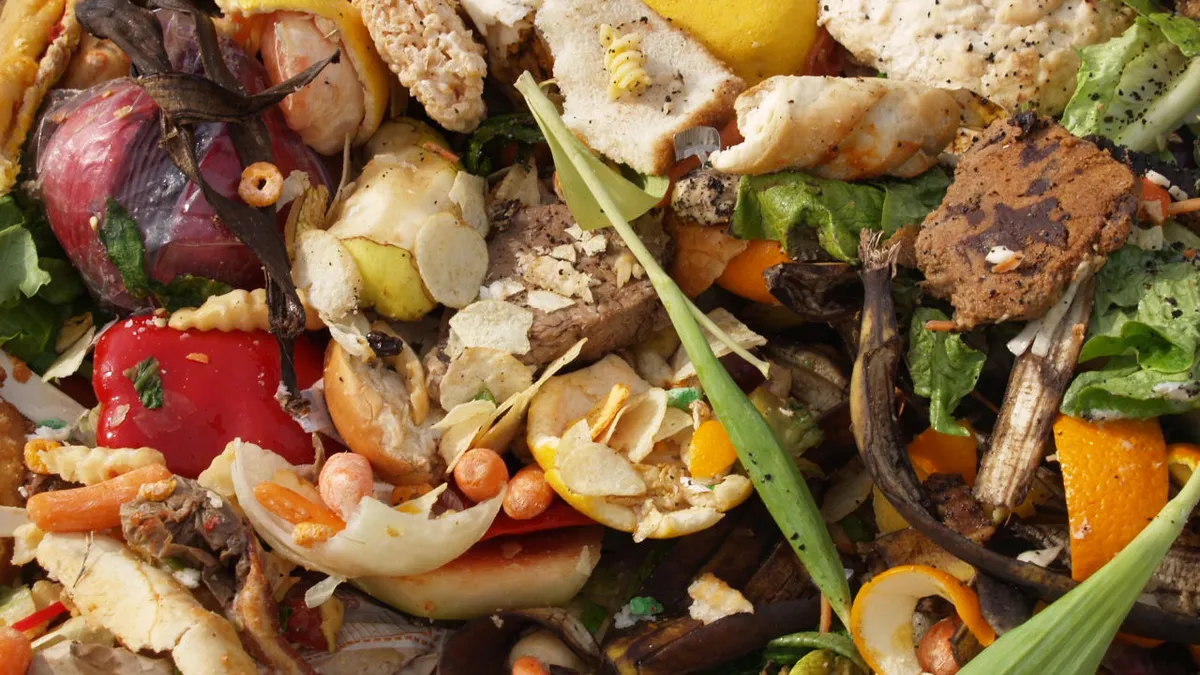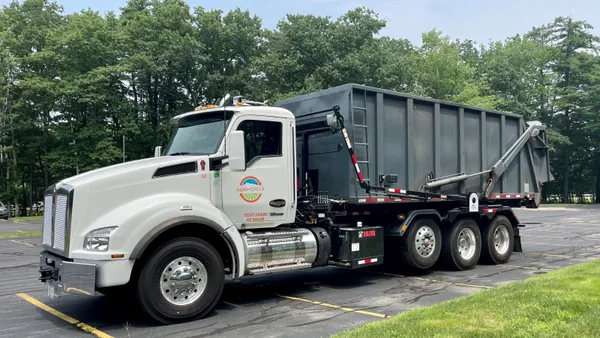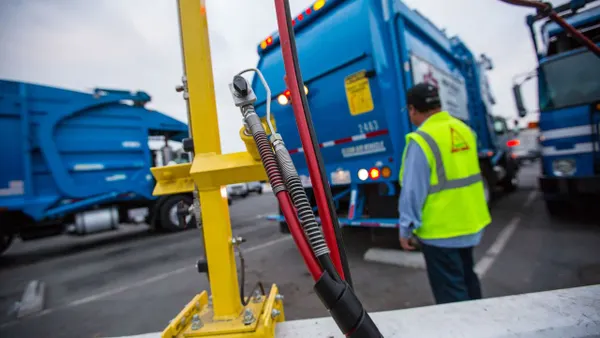Dive Brief:
- The Commission for Environmental Cooperation (CEC) has released a new report that estimates more than 256 million metrics tons of organic waste is generated in North America each year. Approximately 75 million metrics tons are processed via composting or anaerobic digestion.
- Per this research, the U.S. and Canada divert 32% of organics, while Mexico diverts 7%. The CEC estimates diverting 50% of organic material in the U.S. alone could generate $7 billion in revenue and create more than 160,000 jobs.
- Proposed solutions include better reporting and standardization, the creation of a North American organics database, raising disposal tip fees, expanding markets for finished compost and other products, increasing engagement of non-residential sectors, improving public education and finding more opportunities for cross-border collaboration.
Dive Insight:
The CEC — established through the 1994 North American Agreement on Environmental Cooperation — has been working on this organic waste research for multiple years, and will have more to come in the months ahead. This was part of its 2015-2016 operational plan, connected to the 2015 United Nations Sustainable Development of reducing per capita food waste 50% by 2030.
While that goal led to a lot of activity throughout North America, including the U.S., it has been difficult to measure effectiveness. According to a 2017 U.N. progress report, "action is currently taking place at a more rapid pace than is measurement" and so success on hitting the latest milestone was "unknown." The CEC report calls this its "greatest limitation." The data issue has been highlighted by BioCycle, and others, many times before.
“How can you establish policies or measures to tackle these issues if you don't know what the baseline is?" said Brian Guzzone, a project manager at Eastern Research Group who was involved in the report.
Without that baseline, it can be hard to assess opportunities, and the benefits from tackling them. Macro numbers about economic benefits and potential job creation are common in such reports, most recently in a pair from the nonprofit ReFED, and can be helpful when making the case for large businesses. While the CEC team found many success stories in the business world, such as animal rendering and farm digesters, yet infrastructure funding can still be hard to initiate without regulatory drivers.
Because waste issues are so local, the success stories around organics have to be unique. That's why the CEC's report recommends a national organic waste working group in the U.S., as well as greater collaboration between federal agencies, to help bridge more of those gaps.
Trilateral collaboration, via research sharing, cross-border infrastructure projects or end market development, was also a suggestion. The hope is that looking at the topic on a larger scale can help de-stigmatize it, while also raising awareness and showing a path toward action on this glaring hole in the North American supply chain.
"It is in part to bring light to the broader issue," said David Donaldson, head of the CEC's Green Growth Unit. "I think once you kind of understand that this is something that everyone's dealing with at the same time, it's a little bit easier to accept that and move forward."











